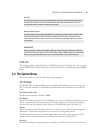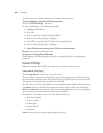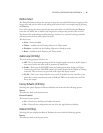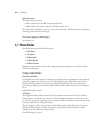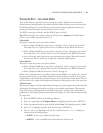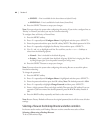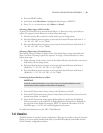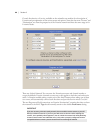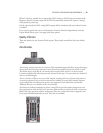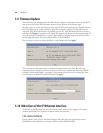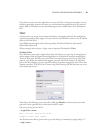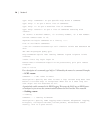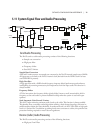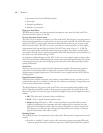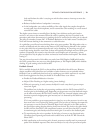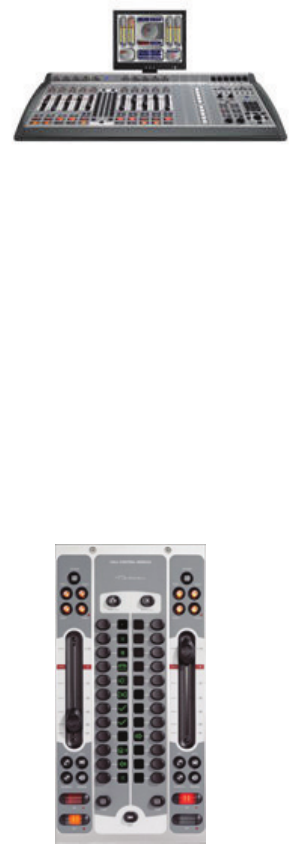
DETAILED CONFIGURATION & REFERENCE | 67
When Livewire is enabled, the corresponding Nx12 Analog or AES3 inputs are switched-off.
However, should a Livewire input fail; the Nx12 automatically switches the input to Analog/
AES, providing a back-up.
On the other hand, the Nx12 analog/AES outputs will be simultaneously active when Livewire
is enabled.
If you need to specify the source and destination Livewire channels independently, click the
Expert Mode link to open a new page with these options.
Quality of Service
ese are identical to the Livewire Node options. ey should normally be left at the default
values.
Axia Consoles
Axia mixing consoles are based on Livewire. is networked approach delivers many advantages,
among them that Livewire connections are bi-directional, multi-channel, and include control.
is means that a single RJ-45 can interface all necessary Nx12 signals to an Axia console.
Livewire simplifies mix-minus because each channel is two-way – so return feeds are “baked-in”
and not an afterthought.
Axia is a division of Telos, so as you could imagine, we take good care of phones and codecs in
our mixing consoles. Easy-to-use mix-minuses are available on every fader channel. Separate
on-air and off-line (recording) mix-minuses are supported. Each channel has a dedicated
Talkback. ere is a one-button off-line record mode.
And there are dedicated modules for phone control. ese provide seamless integration, since
they communicate with the Nx12 over the same Ethernet that is used for all other connections.
Both USA-style operation with the well-known Telos two-column line selector approach and
Euro-style with dedicated faders to each Telco line are available.



